A beauty of a find, and it didn't cost me a penny; these scans are from a book I was given recently called The First Car Radio On the Moon, an odd title but totally fitting for the subject matter. The book was created by Motorola Inc. back in 2003 (the original 1928 company that was split into Motorola Mobility and Motorola Solutions in 2011), to celebrate their 75th anniversary. It's best described by it's secondary title - A Pictorial History of Motorola Innovations. It takes the traditional corporate history book and re-invents it by letting the giant US corporation's innovations and products effectively speak for themselves. It's fair to say that Motorola has left an important yet under appreciated legacy, and that its impact on the mobile phone industry and the wider world have not yet been fully realised; this book helps put that to rights.
Their vast range of technologies is myriad and legion, and their history makes fascinating reading; I would suggest reading here and here, but to sum up for the lazy:
Motorola started in Chicago, Illinois as Galvin Manufacturing Corporation in 1928, with its first product being a battery eliminator, a a power source designed to replace a car battery. In 1930 Galvin introduced the 'Motorola' radio, one of the first commercially successful car radios. Company founder Paul V. Galvin created the brand name Motorola for the car radio arm - linking "motor" (for motorcar) with "ola" (which implied sound). Thus the Motorola brand was meant to indicate "sound in motion." The "Motorola" name was adopted in 1930, and was trademarked a few years later.
They diversified over the years, into products like the first walkie-talkie in the world in 1940 (used by the military), then defence electronics and TV and radio post-war. The first in-car telephones were developed by them in 1946.
The innovations took to space; beginning in 1958 with Explorer 1, Motorola provided radio equipment for most NASA space-flights for decades including during the epochal 1969 moon landing. The late Neil Armstrong spoke the famous words "one small step for (a) man, one giant leap for mankind" from the Moon on a Motorola transceiver.
From the 70's on, Motorola created numerous products for use by the government, business and general public, including mobile phones, laptops, computer processors, and radio communication devices. They were strong in semiconductor technology that was used in the earliest home computers; Motorola also has a diverse line of communication products, including satellite systems, digital cable boxes and modems.
The first private handheld mobile phone call was on a DynaTAC 8000X in 1973, the start of a dynasty that at one point took them the the position of the largest mobile phone producer in the world.
But as with all things they can't last forever; in 2011, Motorola split into two separate companies, , Motorola Solutions (arguably the 'true' Motorola) concentrates on police technologies, radios, and commercial needs. The other company, Motorola Mobility is the mobile handset producer and is now part of the the Google corporation.
-Amazosan


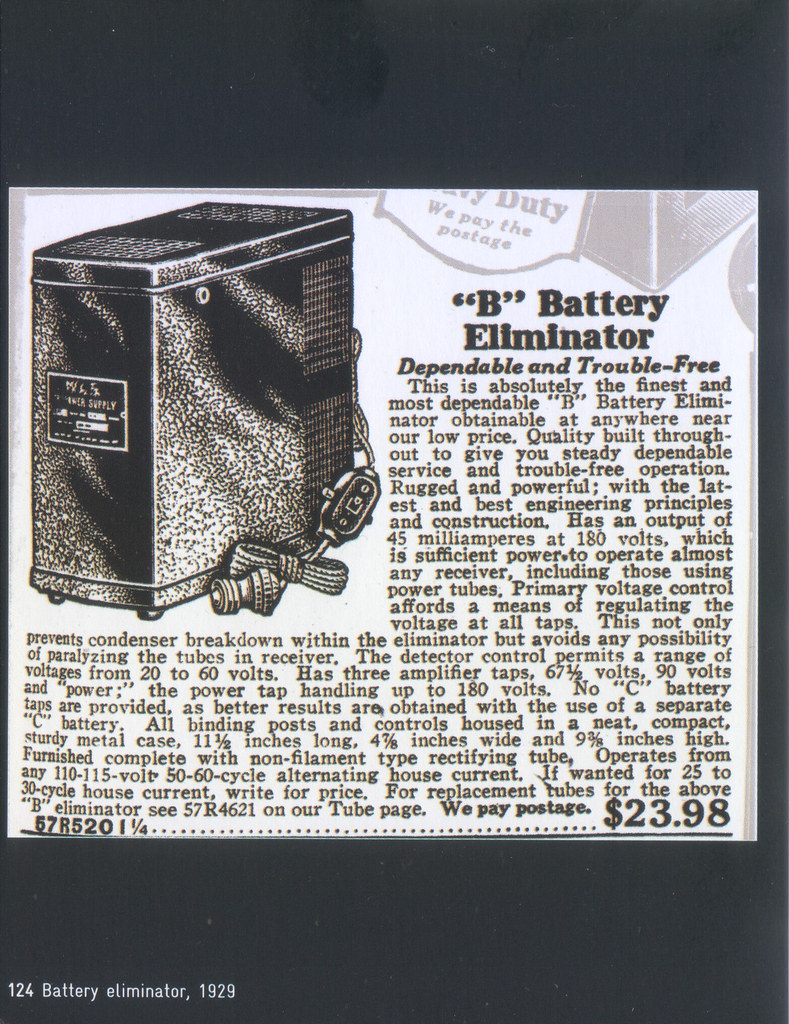

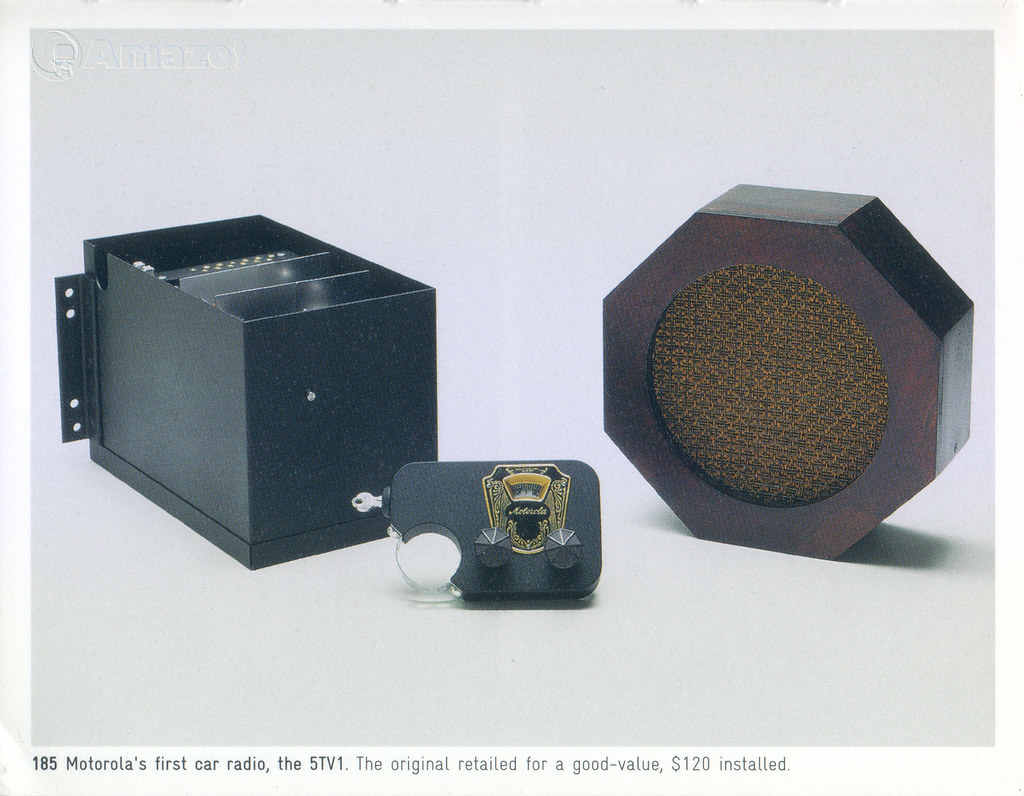


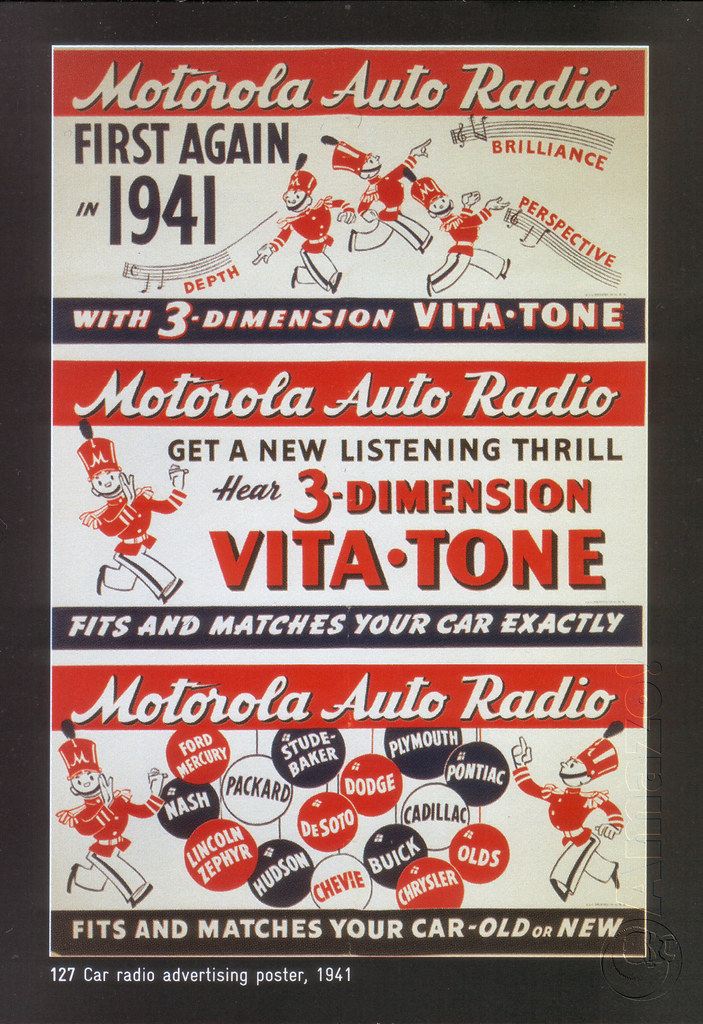
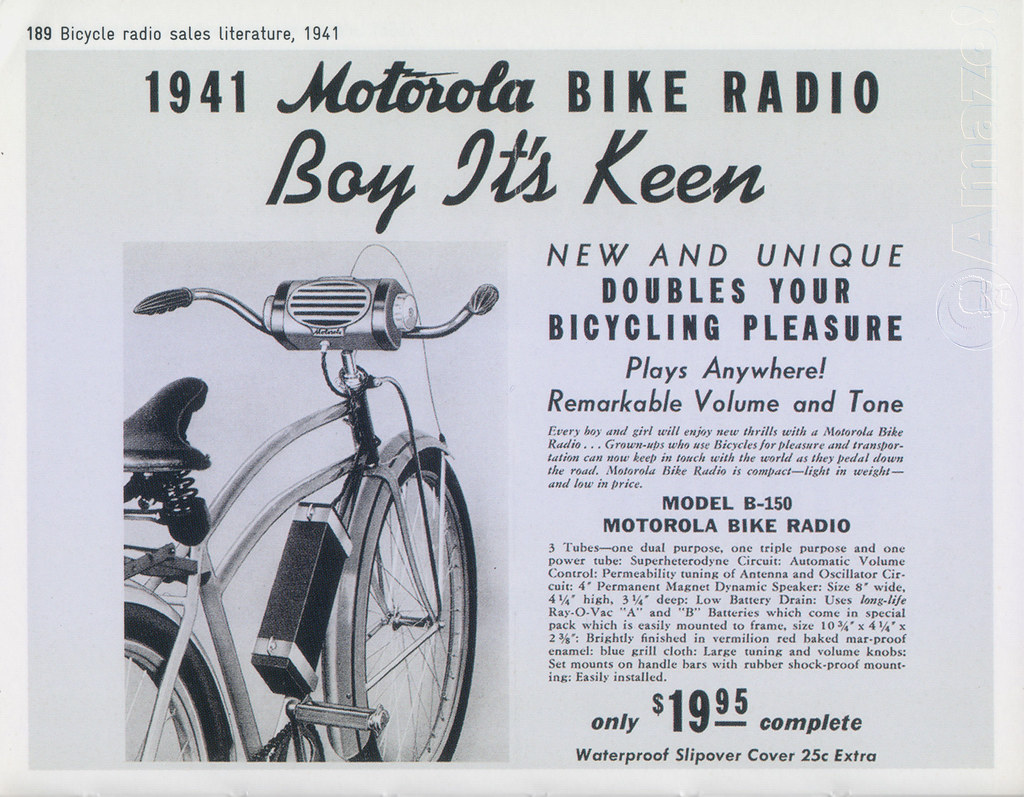
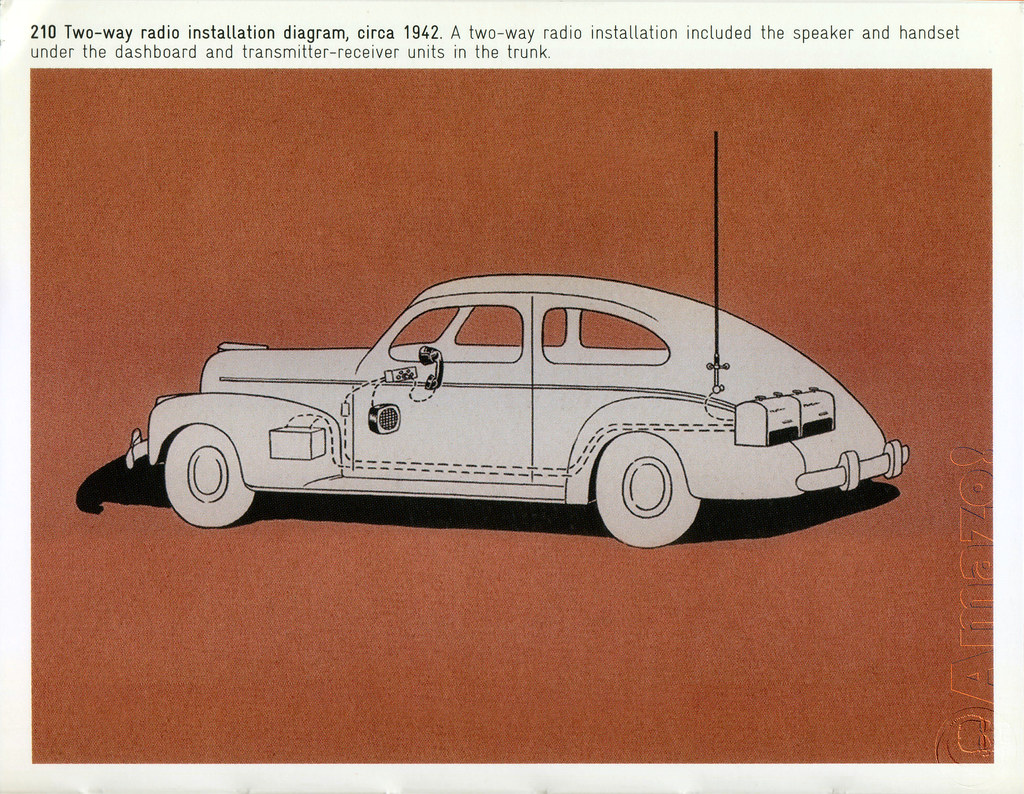
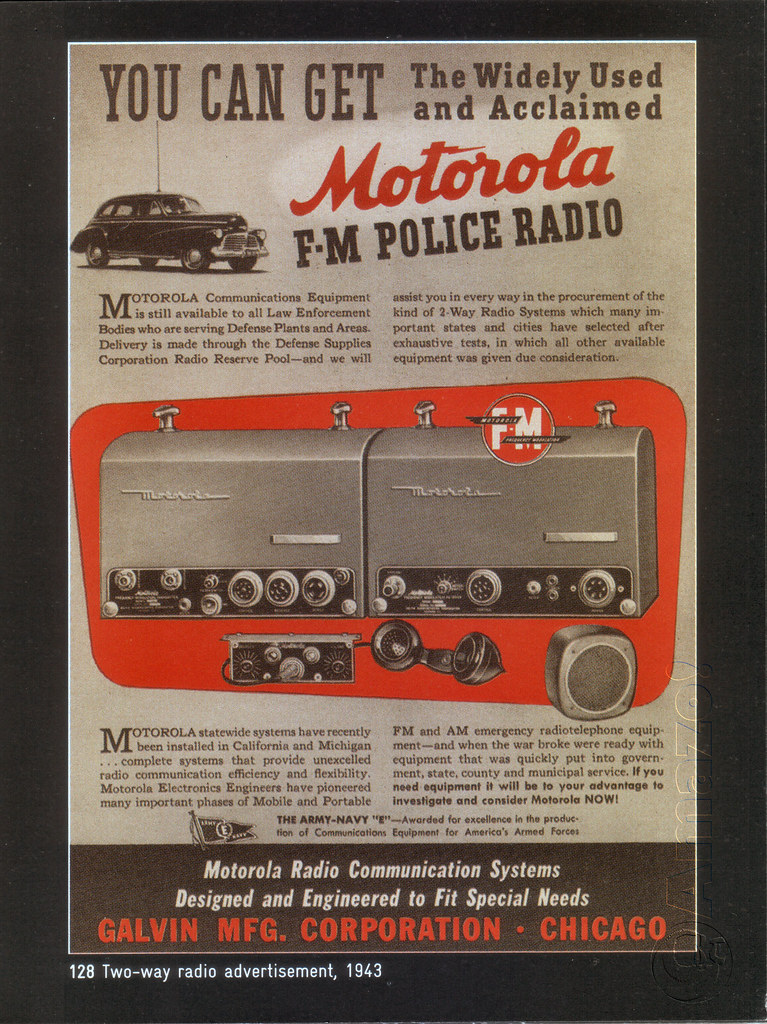

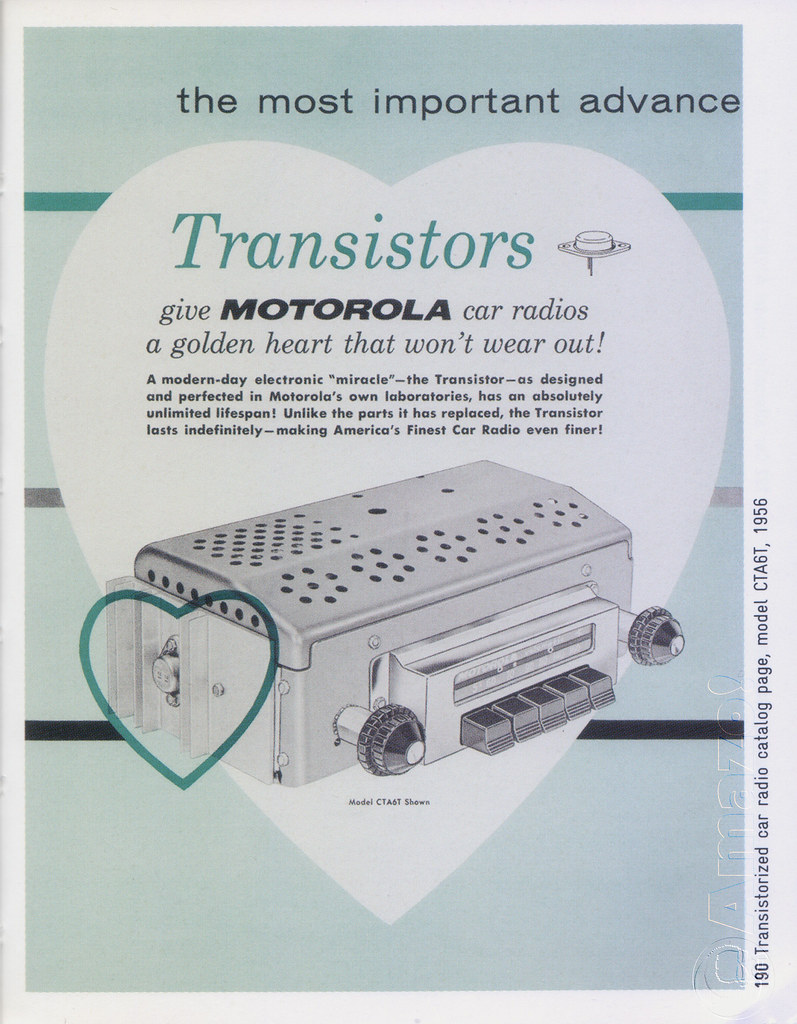


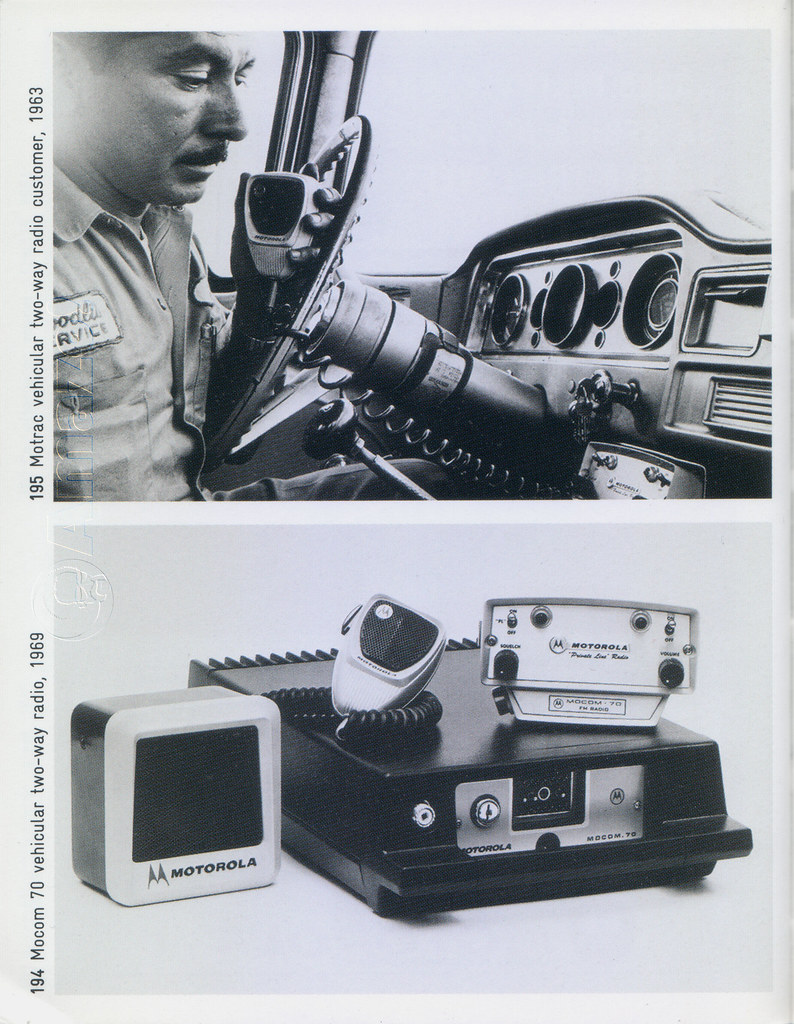


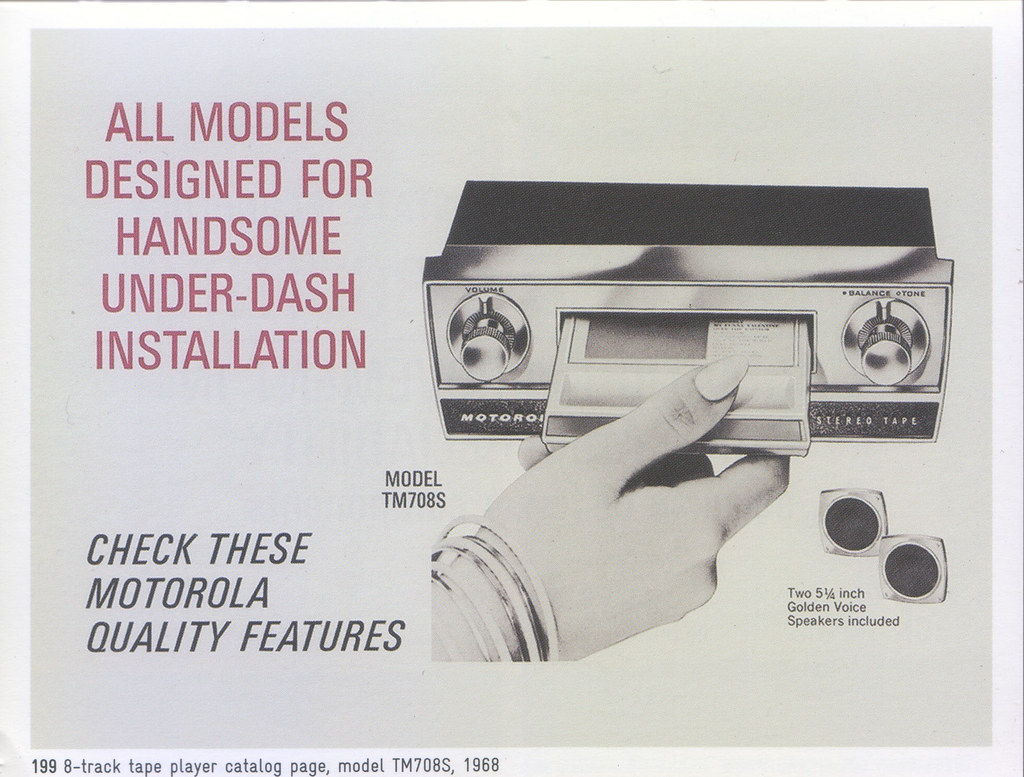



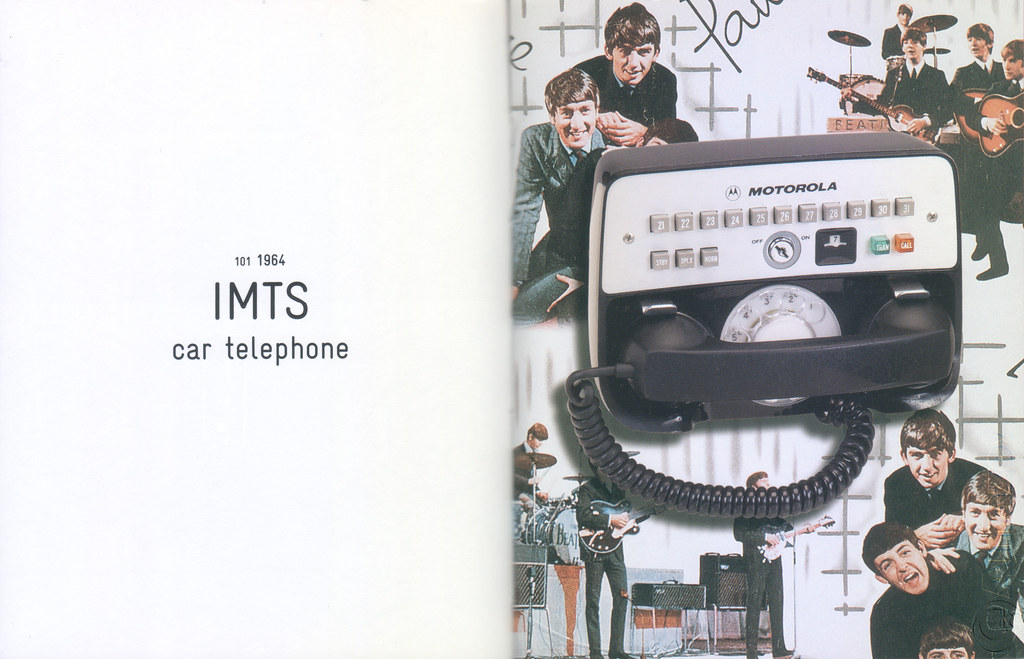



No comments:
Post a Comment